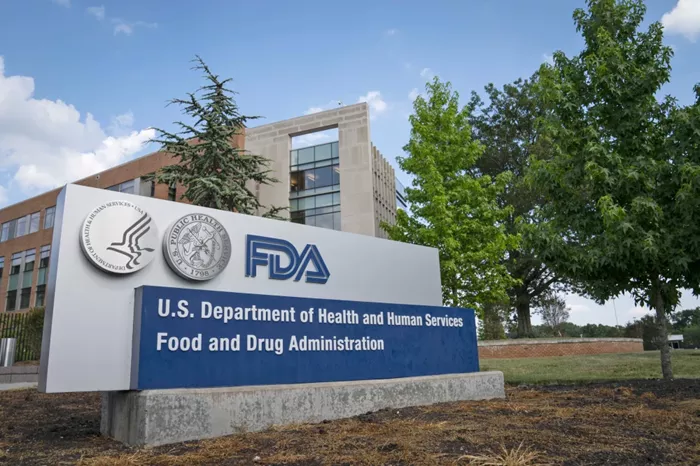On Monday, the U.S. Food and Drug Administration (FDA) announced new guidelines to limit lead levels in certain baby foods, including jarred fruits and vegetables, yogurts, and dry cereals. The move is aimed at reducing children’s exposure to lead, a toxic substance that can cause developmental and neurological harm.
The FDA’s new guidance introduces voluntary limits that could reduce lead exposure from processed baby foods by 20% to 30%. While these limits are not mandatory for manufacturers, the FDA can enforce them if products exceed the specified levels.
This action is part of the FDA’s ongoing effort to reduce harmful contaminants in food, including lead, while ensuring access to nutritious options for children, the agency said.
Consumer advocates have long called for limits on lead in children’s foods and praised the new guidelines, though some expressed concerns that they don’t go far enough.
“This is a step forward to protect children,” said Thomas Galligan, a scientist at the Center for Science in the Public Interest. “However, the FDA took too long to act and overlooked important public input that could have strengthened these standards.”
The new limits apply to baby foods for children under 2 years old but do not cover certain grain-based snacks, like puffs and teething biscuits, which research has shown may contain higher lead levels. The guidelines also do not address other harmful metals, such as cadmium, which have been found in baby foods.
Brian Ronholm, director of food policy at Consumer Reports, called the limits “virtually meaningless,” saying they were based more on industry feasibility than public health protection.
Gerber, a major baby food manufacturer, stated that its products meet the new lead limits.
There is no safe level of lead exposure for children, according to the U.S. Centers for Disease Control and Prevention (CDC). Lead is known to cause brain and nervous system damage, as well as hinder growth and development. While lead can naturally occur in some foods, it also enters from pollutants in air, water, and soil, making it difficult to eliminate entirely.
Under the new FDA guidelines, lead levels are limited to 10 parts per billion (ppb) for fruits, most vegetables, grain and meat mixtures, yogurts, custards, puddings, and single-ingredient meats. A higher limit of 20 ppb is set for single-ingredient root vegetables and dry infant cereals. The guidance applies to packaged baby foods sold in jars, pouches, tubs, or boxes.
These new limits follow an incident in which lead-contaminated apple cinnamon puree pouches sickened over 560 children in the U.S. between October 2023 and April 2024, according to the CDC. The lead levels in those products were more than 2,000 times higher than the FDA’s newly established maximums. The FDA stressed that it can take enforcement action against any foods that violate existing laws, even without the new guidance.
Related topics:


